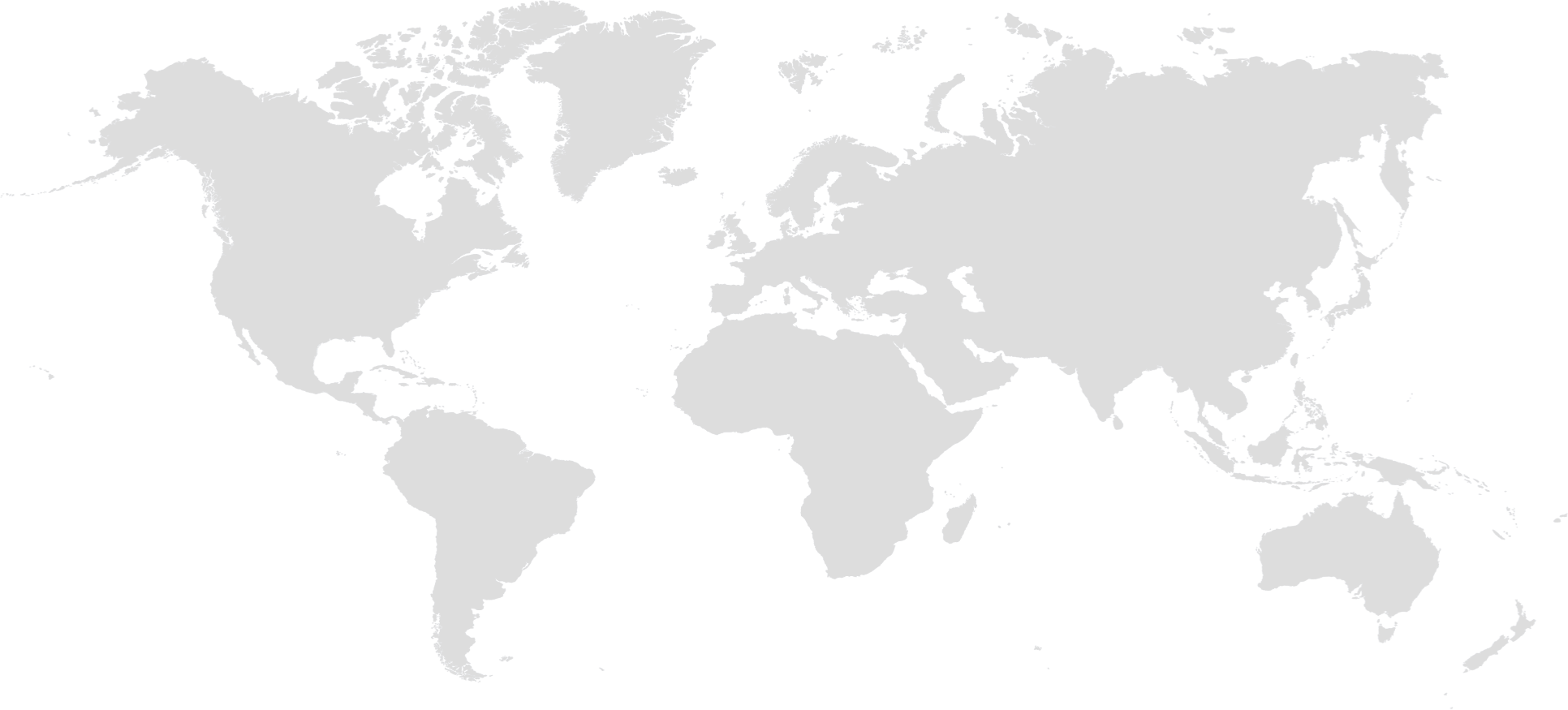The price of air blowers can vary significantly based on a variety of factors, particularly when considering high-performance turbo blowers used in industries such as wastewater treatment, food processing, and chemical manufacturing. RAETTS, a leading turbo blower manufacturer, focuses on delivering premium quality products that are both efficient and cost-effective. Understanding the key factors that influence the pricing of air blowers can help businesses make informed decisions when investing in this essential equipment.
What Materials Are Used in Air Blower Manufacturing?
One of the most significant factors influencing the price of air blowers is the material used in their construction. RAETTS uses high-quality materials such as stainless steel, aluminum alloys, and high-strength polymers to ensure durability, corrosion resistance, and longevity. Stainless steel is often used in the construction of components exposed to high temperatures or harsh chemical environments, which naturally increases the cost but ensures long-term performance and reliability. Additionally, advanced coatings and finishes applied to protect components from wear and tear further impact the price.
Cheaper materials might be available in the market, but RAETTS emphasizes that compromising on material quality can lead to higher maintenance costs and shorter product lifespan. By investing in high-grade materials, businesses benefit from blowers that offer superior durability and require fewer repairs, ultimately providing better value over time.
How Do Design and Efficiency Impact Air Blower Costs?
The design and efficiency of an air blower are critical factors in determining its price. RAETTS focuses on engineering blowers that are not only powerful but also energy-efficient. Designing blowers with optimal aerodynamic performance requires advanced technology and precision engineering, which can elevate production costs. However, the long-term energy savings achieved through efficient blower designs can offset the initial investment.
Turbo blowers that are designed to operate at higher efficiency levels consume less power, which directly translates to lower operational costs. RAETTS turbo blowers, for example, are known for their high efficiency and lower energy consumption, which significantly reduces long-term operational expenses for industrial applications. This balance between advanced design and operational savings is a key consideration when assessing the overall price of a blower.

Durability and Product Lifespan of RAETTS Turbo Blowers
Durability is a major factor that influences the price of air blowers. RAETTS turbo blowers are built to withstand harsh industrial environments, ensuring they provide consistent performance over a long period. The use of robust materials and cutting-edge technology contributes to the longevity of each blower, making it a cost-effective investment for businesses. With proper maintenance, RAETTS blowers have an extended product lifespan, reducing the frequency of replacements and repairs. This durability ensures that the higher upfront cost is balanced by lower long-term costs, offering superior value to customers looking for reliable, long-lasting solutions.
Manufacturing Technology and Customization
The technology used in the manufacturing process also plays a significant role in the pricing of air blowers. RAETTS employs advanced manufacturing techniques, including precision CNC machining, automated assembly, and rigorous quality testing. These processes ensure that each blower meets stringent industry standards for performance and reliability, but they also add to the cost of production. Customization is another aspect that can increase costs. Clients who require blowers tailored to specific applications, such as custom impeller designs or specialized coatings, may face higher prices due to the additional engineering and manufacturing requirements.
Despite the higher cost associated with advanced manufacturing and customization, these factors contribute to the production of highly efficient, durable, and application-specific blowers. RAETTS ensures that each product is optimized for its intended use, providing maximum performance and reliability for the client.
Why Does Energy Efficiency Influence Long-Term Costs?
Energy efficiency is not just a factor in the initial pricing of air blowers, but it also significantly affects the long-term cost of ownership. RAETTS turbo blowers are engineered for maximum energy efficiency, meaning they consume less electricity while delivering the same, if not better, performance than less efficient models. While energy-efficient blowers may come with a higher upfront price, the savings on energy bills over the lifespan of the equipment make them a more economical choice in the long run.
Why Choose RAETTS for Cost-Effective Air Blower Solutions?
RAETTS is committed to providing high-quality, efficient, and durable turbo blowers at competitive prices. By using advanced materials, cutting-edge technology, and focusing on energy efficiency, RAETTS ensures that its air blowers provide excellent performance with reduced long-term costs. For businesses seeking a balance between price and value, RAETTS turbo blowers offer the ideal solution, providing reliable performance and a lower total cost of ownership.
In conclusion, the price of air blowers is influenced by various factors, including materials, design, manufacturing technology, and energy efficiency. RAETTS prioritizes these aspects to ensure that its turbo blowers deliver superior performance, durability, and cost-effectiveness, making them an excellent investment for industrial applications.
Tags: Turbo blower,Air bearing blower,Maglev turbo blower,Turbo compressor,Maglev centrifugal chiller,High speed centrifugal blowe



